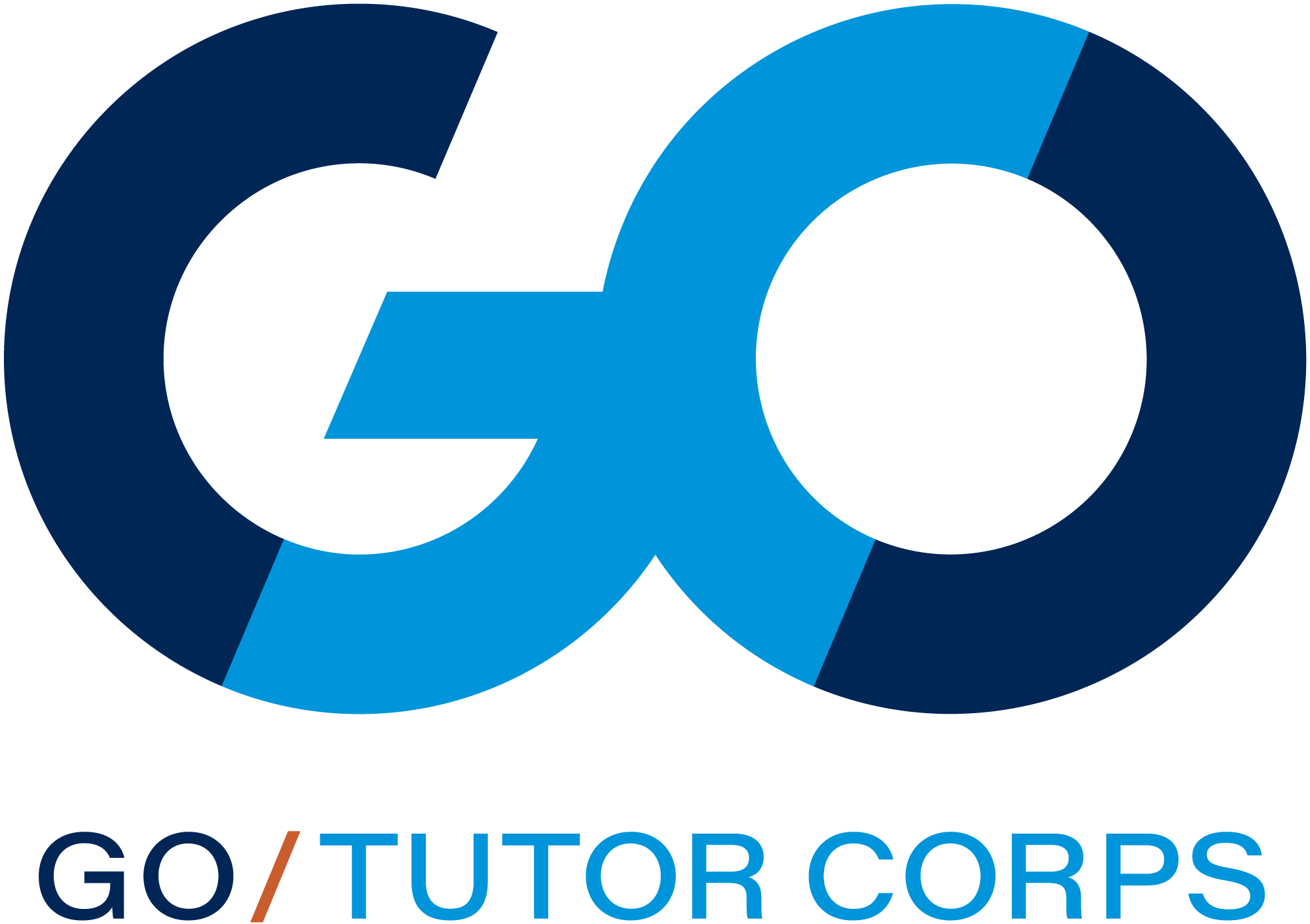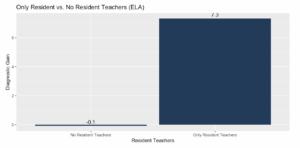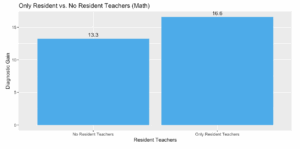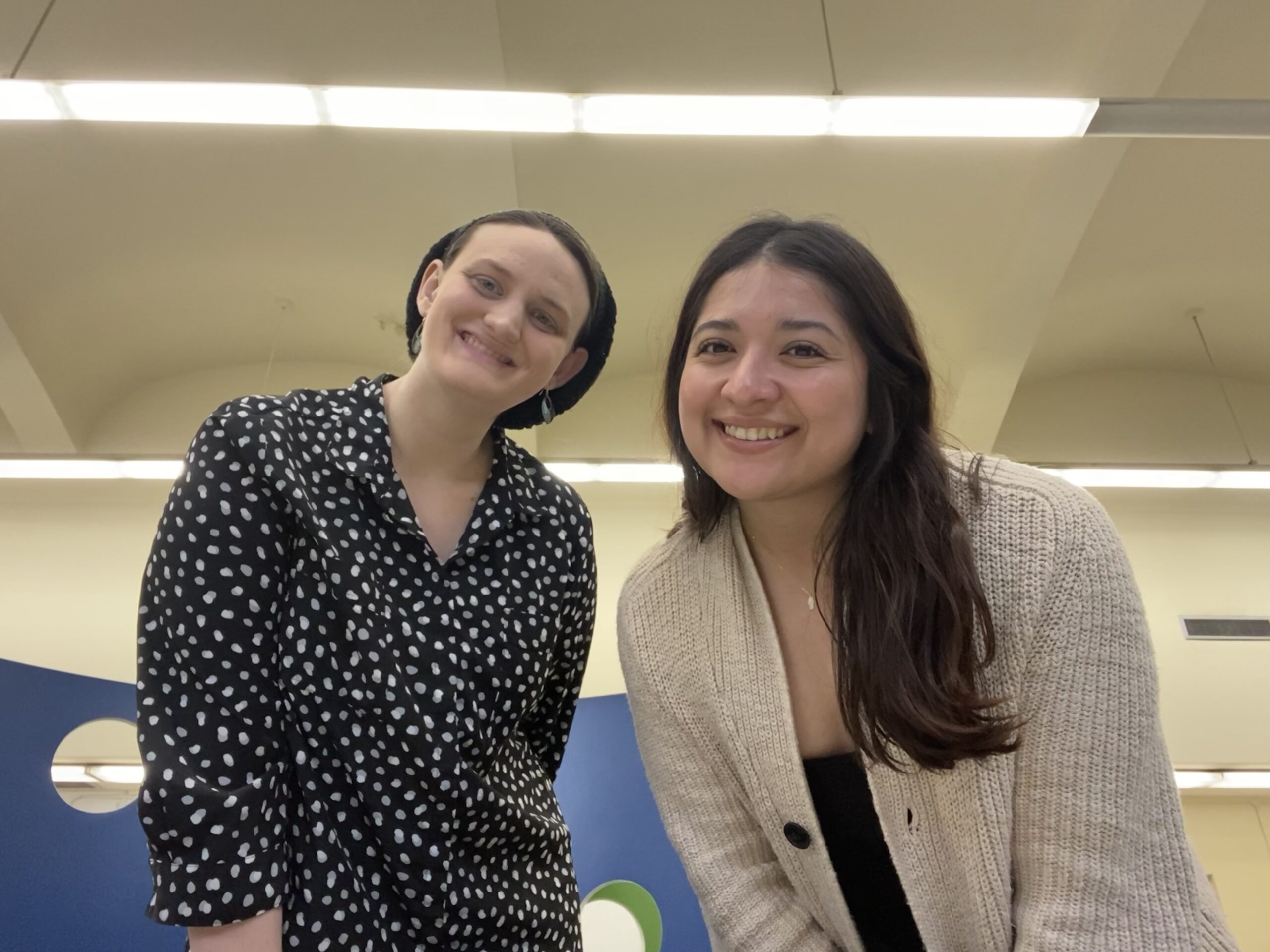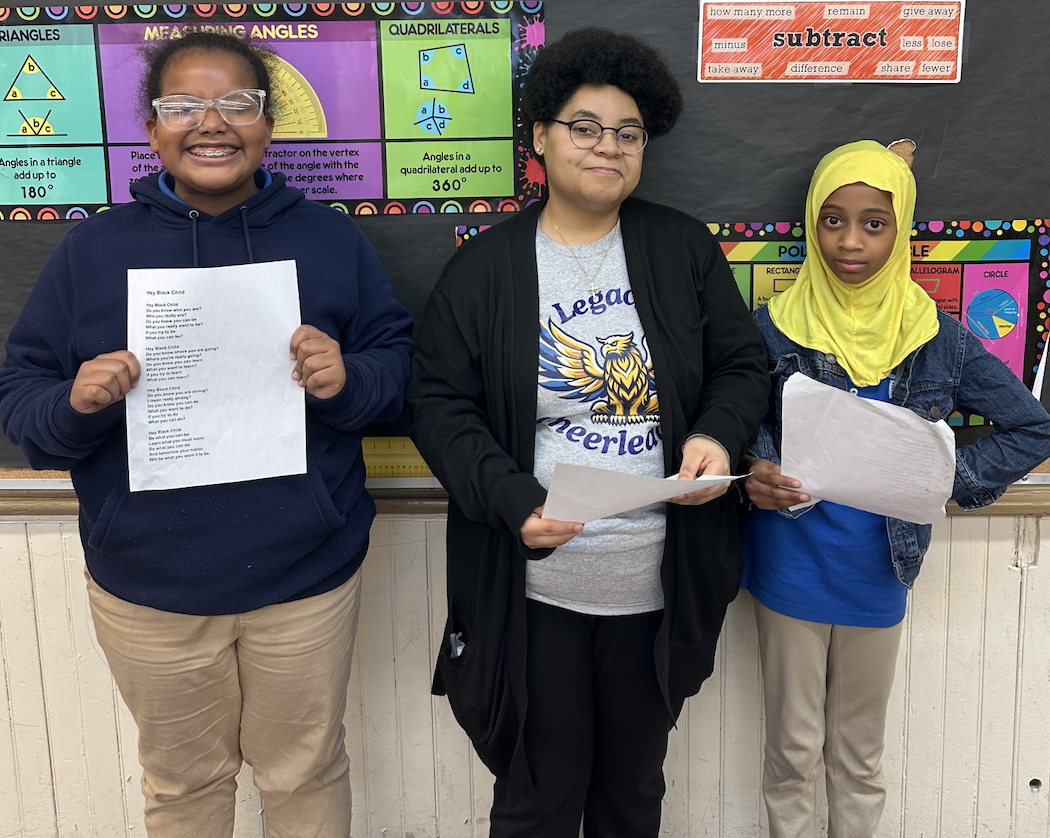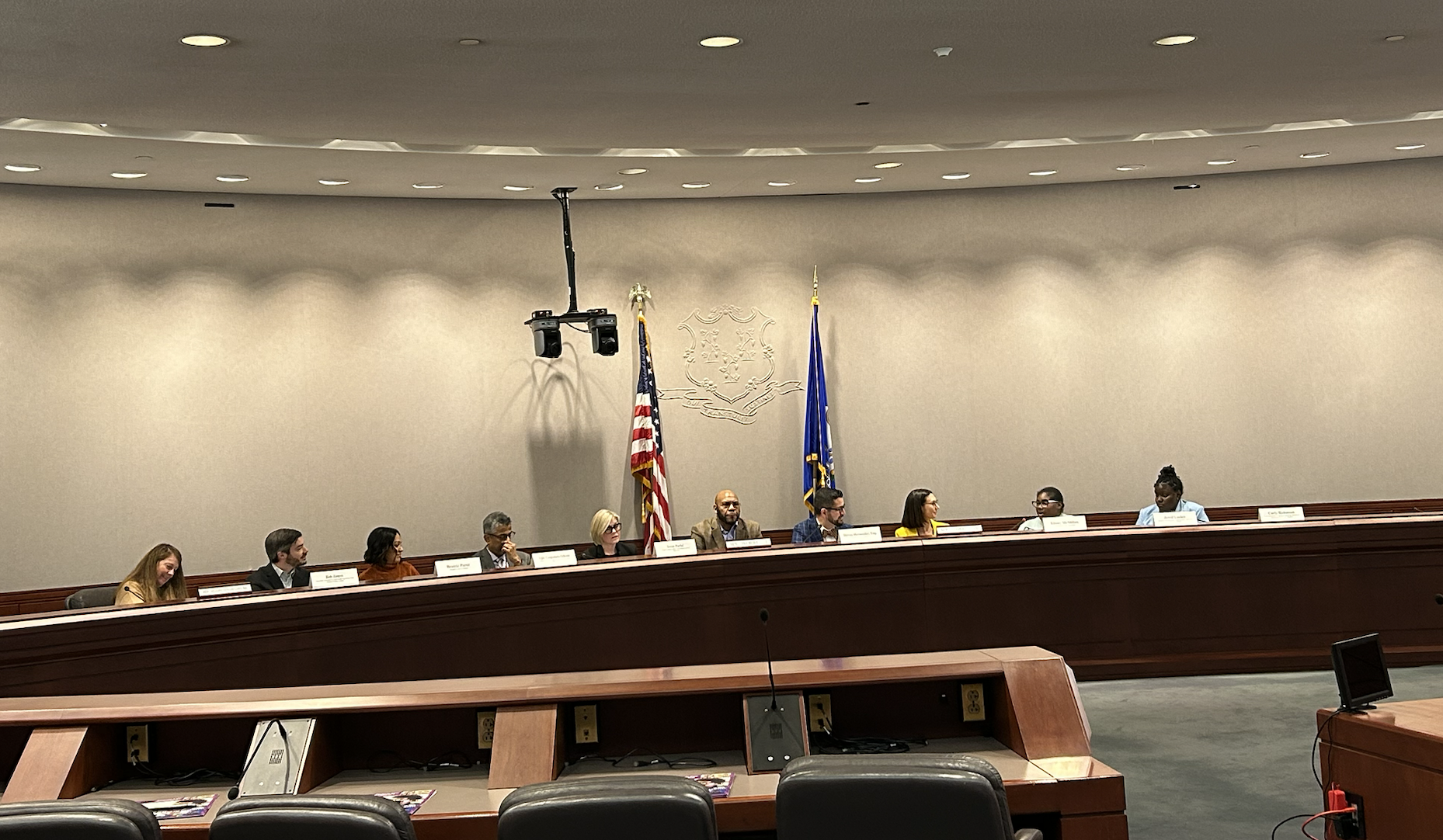Thank you for your interest in the GO Tutor Corps! If you have questions about our AmeriCorps Fellowship program, GO partners, or about GO Tutor Corps itself, please use the form below to get in touch.
The Impact of GOTC’s Teacher Residency Program on Teacher Persistence and Student Achievement
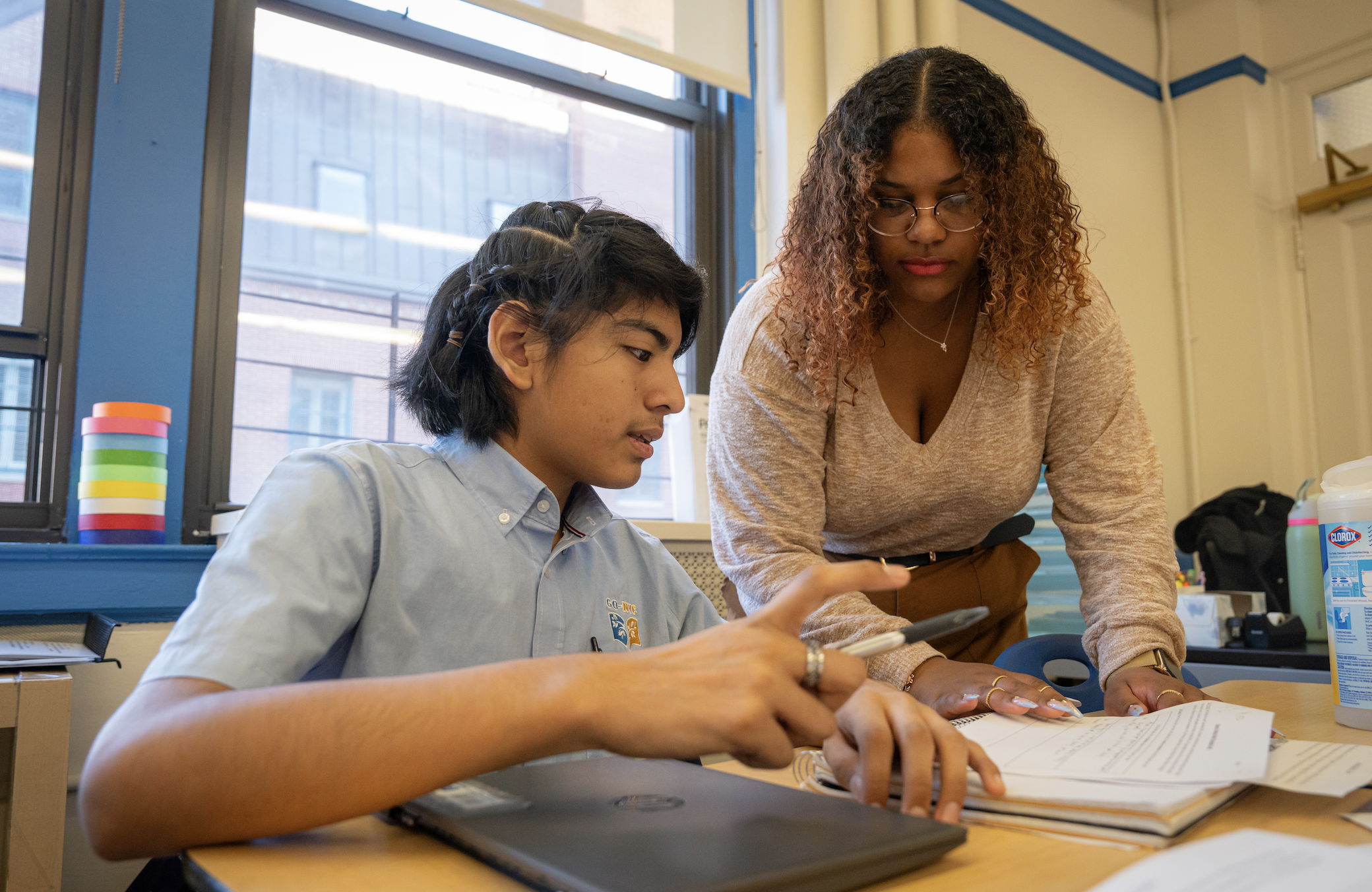
May 2025
Jonah Liebert
Executive Summary
In collaboration with the Great Oaks Kathleen Sherry Charter School in NYC, this study examined the impact of the GO Tutor Corps’ Teacher Residency program on teacher retention and student achievement. The findings suggest that teachers who participated in the residency program are significantly more likely to persist at the school compared to other teachers who did not participate in the program. In addition, students who worked with teacher residents tend to make larger gains in ELA and math compared to their peers who work with other teachers. The study demonstrates the importance of providing a robust residential training experience for new teachers.
Introduction
Teacher residency programs have emerged as a vital strategy to address some of the most pressing challenges in education today. One of the biggest factors is teacher burnout. Teaching is an incredibly demanding profession, and new teachers often enter the classroom underprepared, leading to stress, disillusionment, and high turnover rates. Nationally, a McKinsey report found that the annual teacher turnover rate, which hovered around 8% before the pandemic, saw a notable uptick, with separations of state and local education workers increasing by 20% from 2019 to 2020 and an additional 17% from 2021 to 2022. Residencies tackle this by providing an extended, hands-on apprenticeship—typically a full year—where aspiring teachers work alongside experienced mentors. In addition, residency programs provide a non-traditional pipeline into teaching, helping to address the teacher shortage, and they can improve teacher retention and enhance student outcomes. This gradual immersion helps build confidence, classroom management skills, and resilience, reducing the likelihood of burnout compared to traditional programs that offer shorter student-teaching stints.
The GO Tutor Corps runs a Teacher Residency program designed to prepare educators for high-impact roles in underserved communities. The GO Teacher Residency is an innovative, site-based apprenticeship offered exclusively to GO Fellows and staff members at GO partner schools. Participants—many of whom start as tutors or Fellows in the GO Fellowship program—transition into teaching roles while earning their teaching certification and a Master of Arts in Teaching (MAT). The program pairs residents with mentor teachers in GO partner schools, where they complete coursework and gain practical experience over a full school year. Mentors gradually release responsibilities to residents, preparing them to lead classrooms independently by year’s end. Upon completion, residents leverage GO’s network to secure full-time teaching positions, often in the same communities they’ve served.
A residency program requires a school to commit to a training period for new teachers rather than just hiring people for teaching roles. Some school leaders want to know whether the additional training is worth it. As an organization committed to studying evidence, the GO Tutor Corps examined the impact of its flagship residency program at Great Oaks Kathleen Sherry Charter School NYC (GO-NYC). The results below provide robust evidence of the efficacy of GO’s Residency Program.
Impact of Teacher Residency on Retention
Let us first turn to the impact of GO-NYC’s Teacher Residency program on teacher persistence. In this regard, a key threshold for teacher retention is whether teachers remain at a school for at least three years. The graph below presents a comparison between teachers from the Teacher Residency program and those who are Non-Teacher Residents, focusing on their retention over at least three years. It shows that 44% of Teacher Residency teachers stayed for 3 or more years at GO-NYC, compared to only 24% of Non-Teacher Resident teachers, indicating a higher retention rate for those in the residency program. Furthermore, this data was tested rigorously, and it gave a result (p = 0.002) that confirms the Teacher Residency program significantly helps teachers stay longer. The program provides an opportunity for teacher residents to decide whether they indeed want to become teachers; if not, they’ll leave after the program instead of after they’ve been hired as a teacher. This evidence suggests that the Teacher Residency program is effective in encouraging longer teacher retention, providing a compelling case for its value to school leaders.
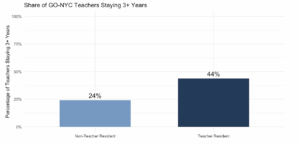
Impact of Teacher Residency on Student Learning
We can further extend this analysis to explore whether the additional longevity of Teacher Residents translates into academic gains for students. To test this idea, we connected two years of students’ i-Ready test results with information about their teachers, comparing the impact of Teacher Residents and Non-Teacher Residents on student performance in ELA and Math. To isolate the impact of Teacher Residency, we focused the analysis on students with only teacher residents compared to students with no residents. The bar graphs below show the results, but they’re not just simple averages—they’re carefully adjusted estimates from our statistical models. Think of it like leveling the playing field: we accounted for factors like students’ starting scores, grade levels, and other differences, so we’re comparing students as fairly as possible, like comparing apples to apples. This helps us see the true effect of having a Teacher Resident on student growth.
The graph shows a clear difference: students taught by only resident teachers made much larger gains between fall and spring in ELA compared to students taught by non-resident teachers. While students with no resident teachers saw a small decline in their ELA performance (-0.1), students with only resident teachers improved substantially, gaining 7.3 points on average. This suggests that having Teacher Residents in the classroom may lead to better ELA outcomes for students, as they’re associated with significant growth rather than a decline.
“Teachers who go through the residency program are much more likely to stay in their roles for at least three years—44% compared to just 24% for non-resident teachers—helping to address the critical issue of teacher turnover.“
We can also examine students’ i-Ready performance in math. The graph shows that students taught by only Resident teachers made greater gains in math compared to students taught by non-resident teachers. Students with no resident teachers improved by 13.3 points, which is a solid gain, but students with only resident teachers did even better, gaining 16.6 points on average—a difference of 3.3 points. This difference is not as large as we saw with ELA, but it suggests that having Teacher Residents in the classroom can lead to better math outcomes for students, as they’re associated with larger improvements in math skills.
For math, the data allowed us to also look at how likely students are to exceed their i-Ready annual growth goals, which show if they’re on track in math compared to similar students nationwide. The bar graph below compares students with only Teacher Residents to those with no resident teachers. The i-Ready goals allow us to compare the growth of our students with similar students across the country, so exceeding them means a student is doing better than their peers. About 54% of the students without a resident are meeting their math growth goals—slightly better than a coin flip. But for students with only resident teachers, we see that 71% of them are at least meeting their goals, a 17 percentage point increase. This means these students are making stronger gains than most similar students nationwide, showing the impressive impact of Teacher Residents. Compared to our earlier Math graph, which showed resident teachers help students improve by 16.6 points (versus 13.3 points without them), this graph adds that they’re also much better at helping students surpass national benchmarks. Together, these results highlight how Teacher Residents boost both math skills and the likelihood of exceptional progress.
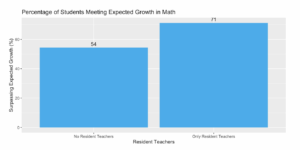
“An interesting link emerges between these analyses: the additional training and support provided to teacher residents during the residency program translates into longer retention and ultimately higher student performance.“
The results from our analysis at Great Oaks Kathleen Sherry Charter School NYC provide significant evidence that the GO Tutor Corps Teacher Residency program is very effective. Teachers who go through the residency program are much more likely to stay in their roles for at least three years—44% compared to just 24% for non-resident teachers—helping to address the critical issue of teacher turnover. This increased longevity appears to translate into real academic gains for students. In ELA, students with only resident teachers saw a substantial improvement of 7.3 points, while those with no resident teachers experienced a slight decline of 0.1 points. In Math, students with resident teachers gained 16.6 points compared to 13.3 points for those without, and they were also far more likely to meet or exceed their i-Ready growth goals—71% versus 54%—outperforming similar students nationwide. An interesting link emerges between these analyses: the additional training and support provided to teacher residents during the residency program translates into longer retention and ultimately higher student performance. The evidence suggests that investing in a high-quality training program for new teachers is a smart move for a school, as it pays off in multiple ways down the road. Given these compelling findings, school leaders would be wise to consider Teacher Residency programs as a powerful strategy to support both their educators and their students, creating a more stable and effective learning environment.
